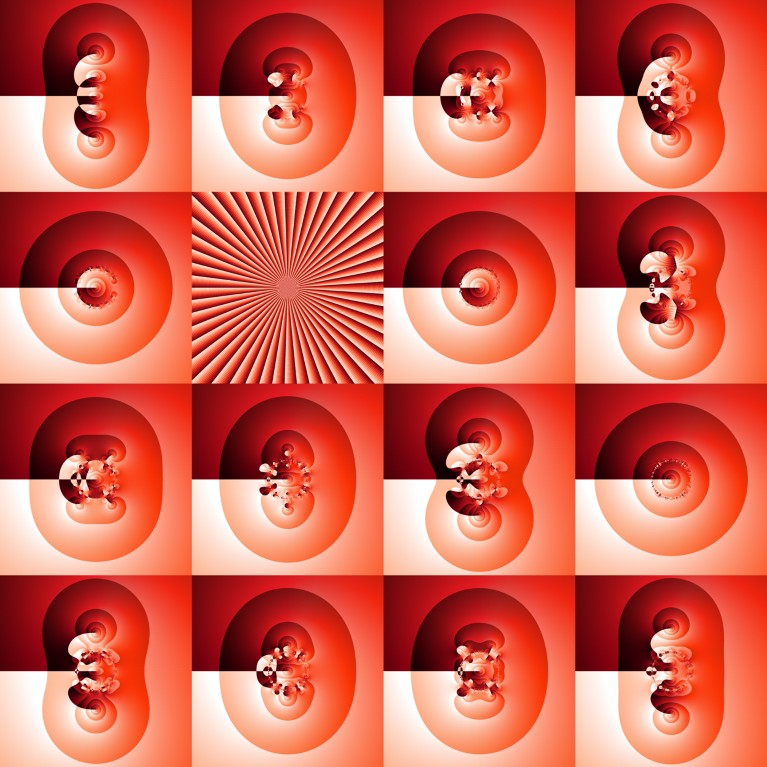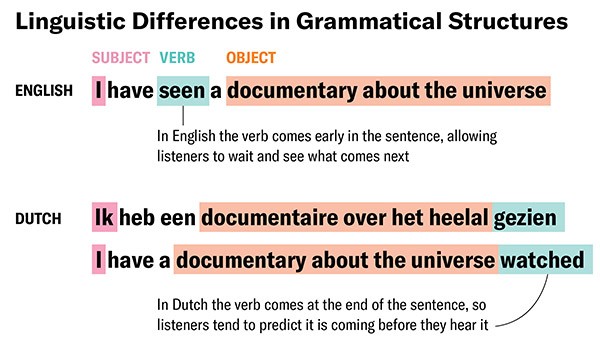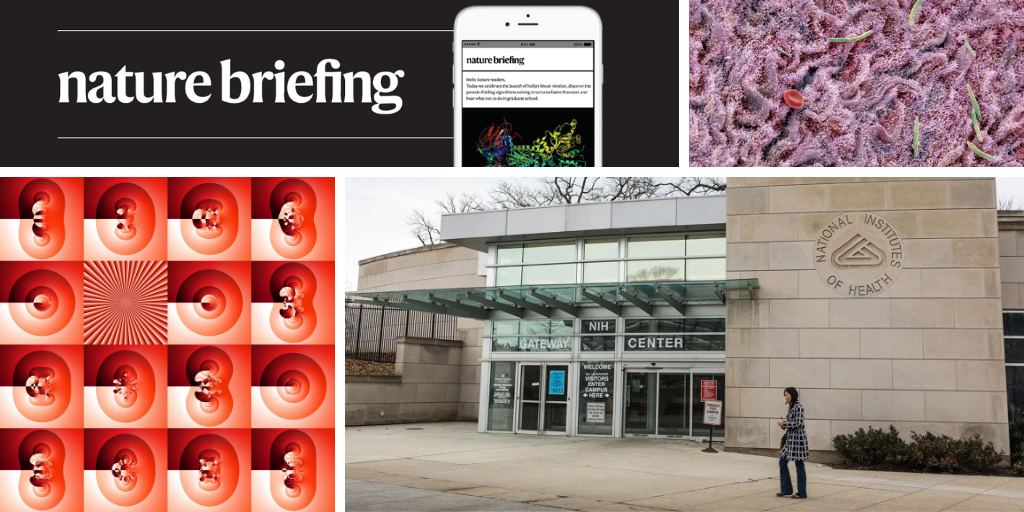You have full access to this article via your institution.
Hello Nature readers, would you like to get this Briefing in your inbox free every day? Sign up here.

Credit: Ryan Rueger
These illustrations offer ways to visualize mathematical functions known as isogenies. The images, which describe an object called a supersingular elliptic curve, won cryptography researcher Ryan Rueger a distinction at Swiss National Science Foundation’s 2025 scientific image competition.
See more of the month’s sharpest science shots, selected by Nature’s photo team.
A low-fat, high-fibre diet might be able to replenish gut microbes that have been ravaged by antibiotics. A study in mice found that this diet was better at restoring the microbiome than transplanting faeces — and the microbes it contains — from a healthy gut into a disrupted one. An unhealthy diet also rendered such transplants ineffective at helping the gut recover. “It’s a bit of wishful thinking to believe that [a faecal transplant] can be a quick fix,” says microbiome researcher Marie Joossens. “Nutrition plays such an important role.”
A forthcoming policy from the US National Institutes of Health (NIH) will target — and at least temporarily halt — funding to laboratories and hospitals outside the United States. The move threatens thousands of global-health projects on topics from emerging infectious diseases to cancer. The NIH plans to release the policy in the next week, but it is currently unclear when it will take effect and whether it applies to all non-US institutions. “These decisions will have tragic consequences,” says former NIH director Francis Collins.
Members of the Picuris Pueblo tribe have worked with one of the world’s leading ancient-genomics labs to find genetic evidence linking their people to ancient inhabitants of Chaco Canyon, around 275 kilometres west of their modern-day base near Taos, New Mexico. The project, initiated by Picuris Pueblo leaders, offers a model for equitable collaborations between Indigenous communities and scientists, say participants. Craig Quanchello, the Picuris Pueblo lieutenant governor and a study co-author, hopes the findings will help convince people — including the US government — that his tribe deserves a say in Chaco Canyon’s future. “We’ve been telling our stories since time immemorial, but this is something on their terms that they can understand,” says Quanchello.
A new method for refining nickel could slash the enormous carbon footprint of the processes — currently equivalent to that of a small country — by more than 80%. The new method uses hydrogen plasma to extract oxygen from ores called laterites, which produces a high-purity mix of iron and nickel plus a little magnesium. Implementing the process on an industrial scale would present some engineering challenges, but “what we did here is to prove that the science works”, says metallurgical engineer and study co-author Ubaid Manzoor.
Features & opinion
To guide policies that help their citizens flourish, governments should establish systems for collecting robust data on people’s well-being, say epidemiologist Tyler VanderWeele and social scientist Byron Johnson. Early results from the Global Flourishing Study, which aims to address some of the issues in current data collection on flourishing worldwide, offer an example of the insights this kind of data can yield. For example, in many countries, flourishing tends to increase with age, which suggests policies that enable younger people to flourish would be beneficial, the authors write.
Improvements in hearing aids, cochlear implants and treatments in past decades means “there is no better time in all of human history to be a person with hearing loss”, in the words of one researcher. But many people who have hearing problems say that advances in speech-to-text transcription are an unsung breakthrough. A post-pandemic boom in working from home, where people can control noise levels and take advantage of captions on video calls, has also been a boon. Now engineers are merging sight and sound with glasses that subtly display transcriptions of everyday life. And you don’t have to have hearing loss to enjoy the advantages of reading along — after all, Netflix says that more than 80% of its viewers use subtitles at least once a month.
Infographic of the week

Evidence is building that we process sentences differently depending on which language we’re speaking — suggesting that scientists must work to ensure they’re getting the whole picture when crafting linguistic models. (Scientific American | 4 min read)
Reference: PLOS Biology paper (Ripley Cleghorn, Scientific American)
Today I’m learning about science in a new way: through the medium of dance. Science’s annual ‘Dance Your PhD’ competition invites postgraduate students around the world to choreograph a routine that captures the essence of their PhD theses.
This year, food scientist Sulo Roukka won the top prize with a number that represented his thesis ‘Insights into oral chemesthetic perception: A focus on food-related behavior’. Roukka and his friends (including a cameo from his PhD supervisor) used their sweeping movements and sparkly costumes to explore the different sensations food compounds can cause, from fiery peppers to icy mints.
While I think up how to make Nature Briefing: Dance Edition a reality, why not send any feedback you have on this newsletter (in written or interpretive dance form) to [email protected].
Thanks for reading,
Jacob Smith, associate editor, Nature Briefing
With contributions by Flora Graham
Want more? Sign up to our other free Nature Briefing newsletters:
• Nature Briefing: Careers — insights, advice and award-winning journalism to help you optimize your working life
• Nature Briefing: Microbiology — the most abundant living entities on our planet — microorganisms — and the role they play in health, the environment and food systems
• Nature Briefing: Anthropocene — climate change, biodiversity, sustainability and geoengineering
• Nature Briefing: AI & Robotics — 100% written by humans, of course
• Nature Briefing: Cancer — a weekly newsletter written with cancer researchers in mind
• Nature Briefing: Translational Research — covers biotechnology, drug discovery and pharma


